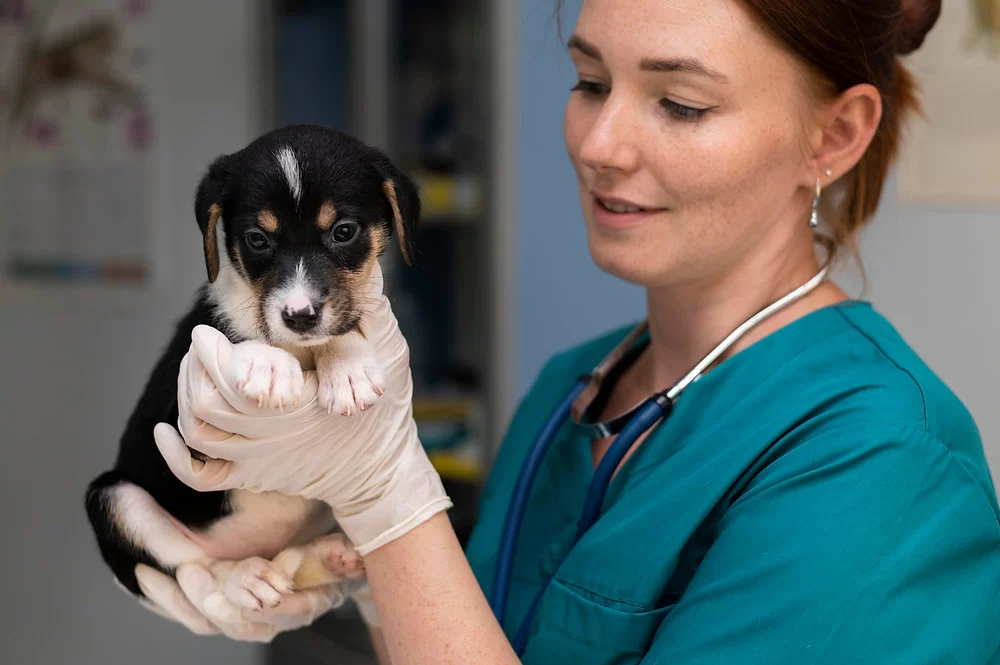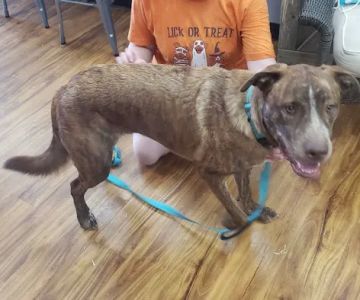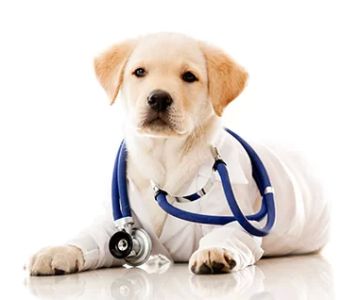- Understanding Urgent Pet Care Needs
- Critical Warning Signs Indicating Urgent Vet Attention
- Real-Life Examples of Pet Emergencies
- When to Act Fast and Seek Professional Help
- Expert Guidance from Hidden Brook Veterinary
1. Understanding Urgent Pet Care Needs
Knowing how to recognize when your pet needs a vet urgently can be lifesaving. Pets, like humans, cannot verbally express pain or discomfort, making it critical for owners to be vigilant in observing changes in behavior, appearance, or physical condition. Urgent veterinary care is necessary when a pet shows symptoms that could indicate serious health issues requiring immediate intervention.
This understanding begins with awareness that not all health changes require an emergency visit; some problems can be monitored with routine care. However, certain symptoms should never be ignored as delays can lead to rapid deterioration of your pet’s condition. Being prepared and informed can make a profound difference in outcomes.
1.1 The Importance of Early Detection
Early recognition of urgent symptoms allows timely medical attention, which can prevent complications or even save your pet’s life. Pets tend to hide pain or illness instinctively, so subtle signs like reluctance to move or changes in eating habits are often the first clues. As a pet owner, understanding these early signals is a crucial skill.
2. Critical Warning Signs Indicating Urgent Vet Attention
Not every change in your pet’s health requires a rushed trip to the vet, but some signs are clear indicators that immediate veterinary care is necessary. Recognizing these symptoms can help you act quickly:
2.1 Breathing Difficulties and Collapse
Labored breathing, persistent coughing, choking, or fainting episodes are alarming signs that your pet’s respiratory or cardiovascular system might be compromised. Difficulty breathing is an emergency because it threatens oxygen supply to vital organs and requires urgent veterinary evaluation.
2.2 Severe Trauma or Injury
Any serious injury caused by accidents, falls, or bites can result in bleeding, broken bones, or internal damage. Visible wounds that won’t stop bleeding or impair movement demand immediate attention to prevent infection and further harm.
2.3 Persistent Vomiting or Diarrhea
While occasional vomiting might be benign, persistent vomiting or diarrhea, especially if accompanied by blood, lethargy, or dehydration signs, is a red flag for gastrointestinal distress or poisoning that needs urgent care.
2.4 Sudden Behavioral Changes
Sudden aggression, confusion, seizures, or collapse often reflect neurological problems, toxins, or serious illnesses requiring emergency intervention. Do not delay if you observe such drastic shifts in your pet’s behavior.
2.5 Inability to Urinate or Defecate
Straining or inability to urinate or defecate can signal blockages or severe infections. These conditions quickly escalate and need fast veterinary assessment to avoid life-threatening complications.
3. Real-Life Examples of Pet Emergencies
Understanding how these urgent signs appear in real situations helps solidify knowledge and prepares pet owners to respond effectively. Consider Bella, a golden retriever who suddenly stopped eating and became lethargic. Her owner initially thought it was just a minor upset stomach. However, when Bella developed labored breathing and collapse, an emergency visit to Hidden Brook Veterinary revealed a heart condition needing immediate treatment.
Another case involved a cat named Simba, who ingested a toxic household plant. Simba’s owner noticed sudden vomiting and uncoordinated movements and rushed him to the vet. Early intervention at Hidden Brook Veterinary saved Simba’s life through timely detoxification and supportive care.
3.1 Lessons Learned from These Cases
Both stories highlight the importance of recognizing urgent symptoms early and seeking professional help without hesitation. Waiting or self-treating at home can worsen the pet’s condition and reduce recovery chances.
4. When to Act Fast and Seek Professional Help
Deciding when to seek urgent veterinary care is often challenging, especially in ambiguous situations. However, if your pet shows any of the previously mentioned critical signs, hesitation can be dangerous. Trusting your instincts as a pet owner is important—if something feels seriously wrong, err on the side of caution.
Routine symptoms like mild lethargy or occasional mild vomiting can be monitored, but rapid deterioration, worsening symptoms, or multiple signs together necessitate immediate veterinary consultation.
4.1 Preparing for Emergencies
Having a plan in place helps reduce panic during emergencies. Know the location and contact details of emergency veterinary services like Hidden Brook Veterinary. Keep a pet emergency kit ready with basic supplies and any essential medical history or medication information for quick reference.
5. Expert Guidance from Hidden Brook Veterinary
Hidden Brook Veterinary is dedicated to helping pet owners recognize when their pets need urgent medical care. Their experienced team provides compassionate and comprehensive services to handle emergencies efficiently. Beyond treatment, they offer education and resources to empower owners with knowledge on urgent care signs.
If you ever find yourself questioning how to recognize when your pet needs a vet urgently, reaching out to Hidden Brook Veterinary ensures you get the right advice and services tailored to your pet’s unique needs. Their professional support can turn a frightening situation into a hopeful recovery story.
In sum, being informed about urgent pet care signs, understanding when to act, and having reliable veterinary partners like Hidden Brook Veterinary are key to protecting your beloved companion’s health and well-being.












